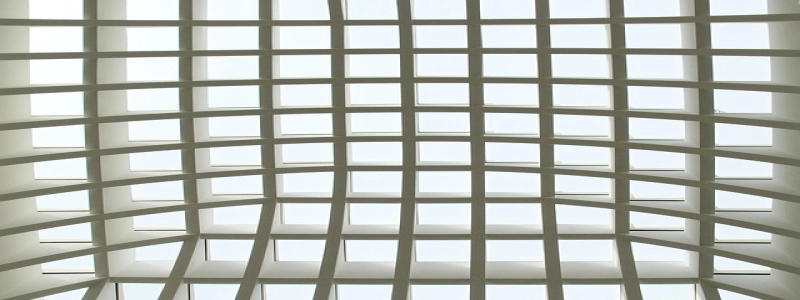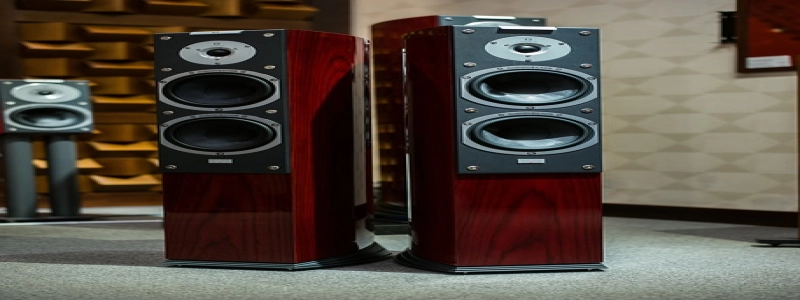Running Ethernet Through House
Introduction:
In today’s digital age, a reliable and high-speed internet connection is a necessity for many households. While most homes have Wi-Fi capabilities, there are instances where a wired Ethernet connection is preferred for increased stability and faster speeds. In this article, we will explore the process of running Ethernet through a house, taking into consideration different scenarios and providing a step-by-step guide.
I. Assessing the House Layout:
Before embarking on running Ethernet cables, it is crucial to identify the best routes and locations for cable placement. Take time to assess the layout of your house, considering factors such as the distance between rooms, the presence of conduits or crawl spaces, and potential obstacles that may hinder the cable installation process.
II. Selecting the Required Tools and Materials:
To successfully run Ethernet through your house, ensure that you have the necessary tools and materials at hand. These may include Ethernet cables (Cat 5e or Cat 6), wall plates, keystone jacks, a cable tester, a cable crimping tool, and a drill with the appropriate drill bits. It is advisable to purchase cables that are slightly longer than what you estimate you will need to avoid any future restrictions.
III. Preparing the House for Cable Installation:
Before running Ethernet cables, make sure to clean and clear the areas where the cables will be installed. Remove any dust, debris, or objects that may hinder the smooth installation process. Additionally, check for any electrical wirings or potential dangers within the walls.
IV. Planning the Cable Routes:
Based on your house layout, determine the optimal cable routes that will minimize cable length and maximize efficiency. Consider running cables through walls, ceilings, or floors, taking advantage of existing conduits or crawl spaces to conceal the wires. It is important to plan for additional slack at corners or bends to avoid strain on the cables.
V. Installing the Ethernet Cables:
Start by drilling a small hole in the wall where the Ethernet port will be located. Feed a cable through the hole, ensuring that there is sufficient length on both ends. Install wall plates and keystone jacks, making sure to properly terminate and connect the Ethernet cables. Test the cables using a cable tester to verify connectivity and troubleshoot any potential issues.
VI. Concealing and Securing the Cables:
To create a neat and professional look, consider concealing the Ethernet cables within walls or ceilings. You can use cable raceways, wire moldings, or baseboards to hide the cables. Secure the cables using cable clips or straps to avoid them dangling freely, which can lead to potential hazards or damage.
VII. Testing and Troubleshooting:
After completing the cable installation, it is crucial to test the Ethernet connections for their functionality and performance. Use a cable tester to ensure that all connections are properly terminated, and the signal is reaching all intended destinations. If any issues arise, trace the cables back to their source and verify the connections.
Conclusion:
Running Ethernet through a house can significantly improve internet connectivity and provide a more reliable network for various activities such as gaming, streaming, and remote work. By carefully planning the cable routes, using the right tools, and ensuring proper installation, you can enjoy the benefits of a wired Ethernet connection throughout your home.








